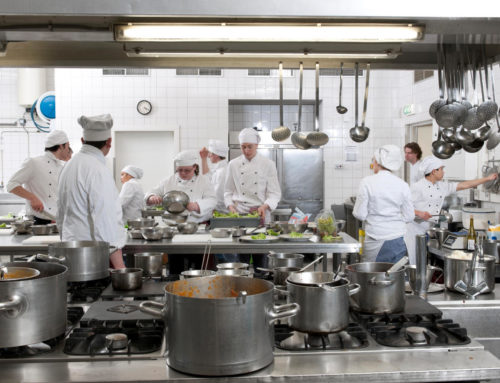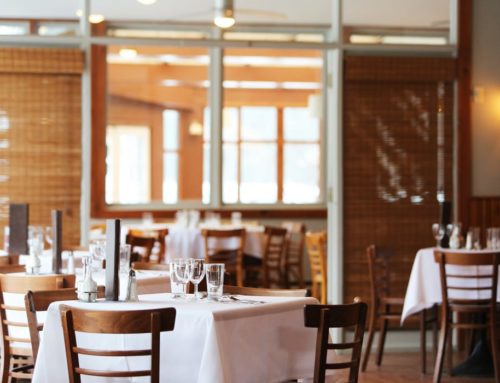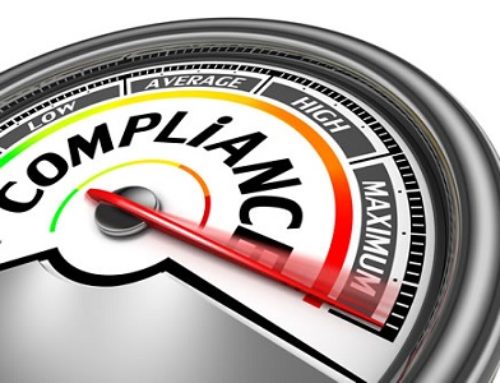Foodborne illnesses have been reported to cost the US economy up to $1.4 trillion annually. Traditional methods, of measuring and monitoring the numerous factors involved in proper food safety, at retail food service establishments, have significant limitations which result in a substantial number of unrecognized foodborne illnesses.
The optimization of food safety measures and monitoring will see the integration of smart sensor electronic technology throughout the food service chain from growers to suppliers to retail operators of food service equipment.
Digital Food Era
When all aspects of your establishment are interconnected digitally the data gained will create transparency into all food service operations. Access to critical data in real time will help establishments prevent and respond to food safety problems before they become health risks.
Temperature sensors can monitor walk in refrigerators and freezers. These sensors can also monitor and record data to confirm that hot buffet foods and cold salad bars stay within safe temperature ranges.

Cloud based information with its tracking ability will not only manage food safety but will guide merchandising and reduce food waste.
Digital food safety Hazard Analysis and Critical Control Point (HACCP) systems can offer video and interactive online training embedded in the HACCP checklists so that employees can brush up on information as they perform their daily tasks involving cleaning and sanitation. Millennial employees expect user friendly mobile technologies at their finger tips to aid in their job performance.
Up to date, easy to access operational data 24/7, on secure digital cloud storage, will enable managers to take corrective action proactively when necessary.
In regards to cleaning and sanitizing in retail food service, there are now complete HACCP management systems that combine automated high sensitivity bioluminescent detection with room storable sampling swabs that are resistant to sanitizer interference, allowing fast, accurate detection of low levels of adenosine triphosphate (ATP) on surfaces after cleaning and sanitizing. For managers the value lies in the system’s ability to measure parameters such as water conductivity, chemical concentration, pH, temperature, visual performance indicators, and audit ready reporting.
Peace of Mind
These types of automated systems provide managers time savings and peace of mind, knowing their hygiene monitoring program is effective, in control and compliant, with the added benefit of being able to demonstrate the program’s effectiveness with relevant, print ready reports.
Smart sensor technology will significantly reduce the human error factor in food health and safety at retail food service establishments. Collected data will be consistent, timely and reliable.
Sooner than later many consumers will expect all levels of the food distribution chain to implement a smart technology risk management program. This will help them confirm that a product has been produced and stored properly throughout the supply chain for optimum safety and quality.
Applied to food safety and compliance processes and tasks, digitization with smart sensors leads to a simpler, smarter working environment and empowers you to manage risk, ensure ongoing compliance and ultimately enhance end customer satisfaction, health and safety as well as protect and build your brand.
How has smart sensor technology impacted your food service establishment? Leave a comment or ask Dr. Gary a question.








